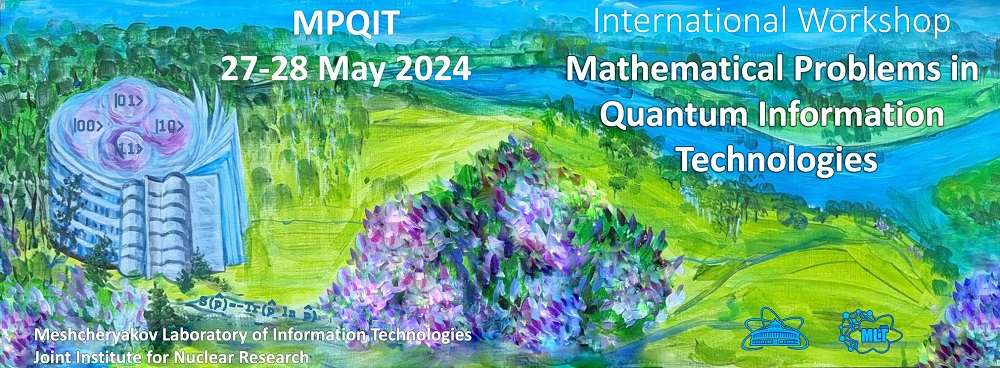Speaker
Description
The Allan variance [1] is now widely used in the analysis of noisy time series data in metrology, astrophysics, radiophysics, biomedicine, gyroscopy and navigation, et al. From a computational point of view, it is critical to calculate the Allan variation for real-time signals as well as for high dimensional signals (e.g., noisy images). Previously, a relationship was established between the Allan dispersion and the coefficients of the Haar wavelet transform [2]. On the other hand, algorithms for quantum wavelet
transforms (QWTs), including the Haar transform, are well known [3]. In this report, for the first time an
algorithm for calculating the Allan variance for noisy time series using the quantum Haar transform is proposed. Complexity of the New algorithm is based on the analysis of computational cost of executing QWTs. Generalizations to the multidimensional case, as well as to the case of calculating other types of wavelet-like variances, are possible.
1.D.W. Allan. Historicity, strengths, and weaknesses of Allan variances and their general applications. Gyroscopy Navig. 2016, vol. 7, no. 1, pp. 1-17. DOI: 10.1134/S2075108716010028.
2.D.B. Percival. A wavelet perspective on the Allan variance. IEEE Trans. on Ultrasonics, Ferroelectrics, and Frequency Control. 2016, vol. 63 (4), pp. 538-554. DOI: 10.1109/TUFFC.2015.2495012.
3.M. Bagherimehrab and A. Aspru-Guzik. Efficient quantum algorithm for all quantum wavelet transforms. 17 September 2023. arXiv:2309.09350v1.

